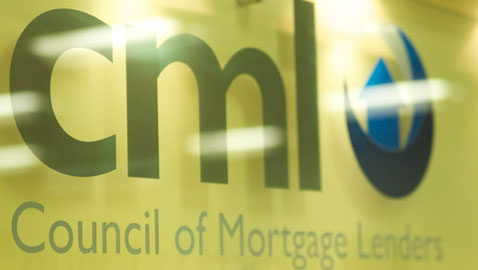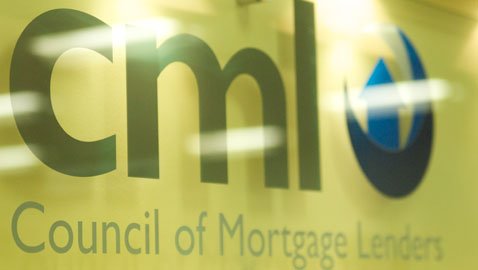
The Council of Mortgage Lenders (CML) has revealed it has been working on a ‘statement of practice’ for the buy-to-let sector, the proposed scope of which we outline later in this article.
The lending industry is currently awaiting publication of a second consultation – by the Financial Conduct Authority (FCA) – on proposals for implementing the European directive. This will detail the changes that will most affect the wider mortgage market. The CML says it hopes that its impact on buy-to-let will be limited, mainly affecting proposals for the register of firms that will operate in the sector.
The CML wants the FCA to publish its paper as soon as possible.
The lending industry is disappointed by last week’s consultation because the Treasury had appeared to believe that the UK could achieve the changes needed as a result of the European directive by implementing voluntary mechanisms.
However, the Treasury now believes that it would be unlawful to exempt all buy-to-let lending from the UK’s statutory regulatory framework, even if we introduce our voluntary statement of practice. In order to comply with the European measures, it believes it has no choice but to impose national law. There will, however, be no retrospective rules, so new regulation will apply to qualifying loans taken out after March 2016.
The CML argues that the Treasury’s view does not imply, however, that there is any need for additional consumer protection in the buy-to-let market. It is not driven by any evidence of consumer detriment. It is simply a technical interpretation of what the government believes is required legally to comply with the European directive.
The government has yet to undertake any detailed assessment of how many loans would be captured by its proposed rules, and its consultation paper says that it would welcome views on this.
The CML said another key issue revolves around deciding which individual loans should be covered by the proposed new rules. In many cases, the Treasury believes that lenders will be able to establish this through their underwriting processes. It also proposes that firms will be able to rely on a declaration by the borrower, as long as there are no reasonable grounds to suspect that this is incorrect. But is that a declaration that all consumers will be willing to make? And will they remember making it – and recall its implications – several years later?
In recognition of the CML’s view that there are responsibilities for lenders and borrower landlords, and to reinforce current good practice, the CML has been working closely with members on its statement of practice for buy-to-let lending. It hopes to finalise and publish this in the coming weeks.
















